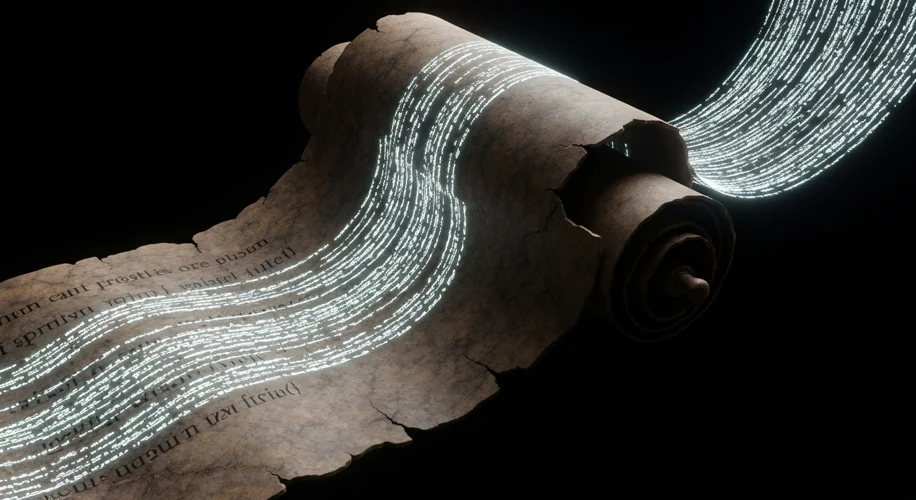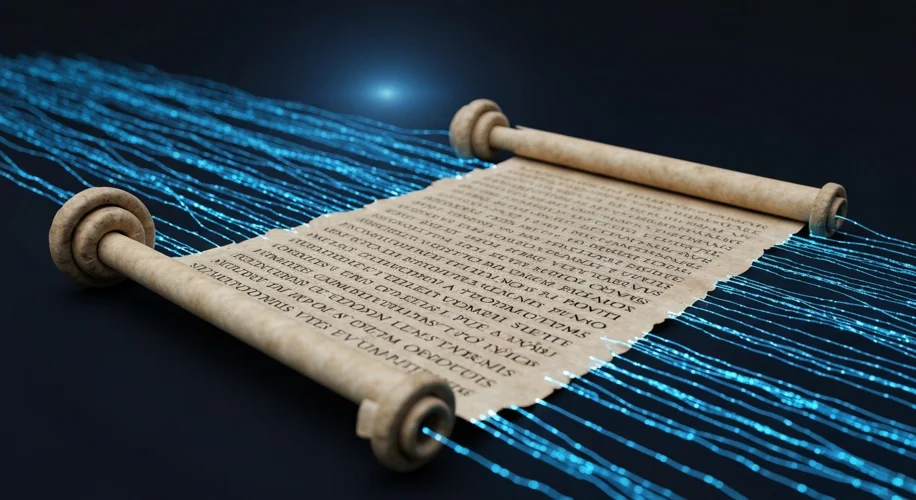Imagine a historian, armed not with a trowel and brush, but with algorithms and neural networks, sifting through the dust of millennia. This isn’t science fiction; it’s the cutting edge of archaeology and history. Today, artificial intelligence is becoming an indispensable tool, breathing new life into the silent whispers of ancient Rome, piecing together fragments of papyrus and pottery that have long eluded human interpretation.
For centuries, our understanding of Roman life has been a mosaic, painstakingly assembled from surviving texts, monumental inscriptions, and archaeological finds. Yet, vast swathes of this mosaic remain incomplete, their pieces lost to time, fire, or decay. Think of the sheer volume of texts that never survived the ages, the countless personal letters, administrative records, and literary works that vanished. Or consider the inscriptions on public buildings, worn smooth by centuries of weather, their once-proud pronouncements now mere ghostly etchings.
This is where AI is stepping onto the stage, not to replace the meticulous work of human scholars, but to amplify it. Take, for instance, the challenge of deciphering damaged or fragmented texts. Ancient papyri, often brittle and torn, can contain invaluable insights into daily life, law, and literature. AI, particularly through techniques like optical character recognition (OCR) and natural language processing (NLP), can be trained to recognize even the most degraded letterforms. Algorithms can analyze patterns, predict missing characters based on context, and reconstruct entire sentences from the faintest traces.
One remarkable example is the work being done on scrolls recovered from Herculaneum, buried by the eruption of Mount Vesuvius in 79 AD. These scrolls, carbonized by the volcanic ash, are incredibly fragile and often too delicate to unroll. Researchers have been developing AI models that can analyze the subtle variations in the ink and the structure of the carbonized layers to virtually ‘unroll’ and ‘read’ these texts without physical intervention. This could unlock a treasure trove of philosophical and literary works lost for nearly two thousand years.

Beyond textual analysis, AI is also proving invaluable in the interpretation of material culture. Consider the vast collections of pottery shards, coins, and architectural fragments found at Roman sites. AI can analyze the stylistic features, manufacturing techniques, and chemical compositions of these artifacts at a speed and scale impossible for humans. By identifying subtle similarities and patterns across thousands of objects, AI can help archaeologists reconstruct trade networks, understand regional variations in craftsmanship, and even identify the provenance of specific items.
For instance, AI algorithms can be trained to recognize the distinct patterns of Roman pottery glazes or the iconography on coins. By comparing newly discovered fragments to a vast database of known artifacts, AI can quickly suggest connections and potential origins. This helps fill in gaps in our understanding of economic activity, artistic trends, and the movement of people and goods across the vast Roman Empire.
Furthermore, AI is being used to reconstruct damaged mosaics and frescoes. By analyzing surviving fragments and comparing them with known Roman artistic styles and motifs, AI can generate plausible reconstructions of missing sections. This allows for a more complete visual understanding of Roman art and its decorative schemes, offering a glimpse into the aesthetic sensibilities of the time.
However, it’s crucial to remember that AI is a tool, not a oracle. The insights generated by these algorithms are only as good as the data they are trained on, and their interpretations still require the critical evaluation and contextualization provided by human experts. The nuanced understanding of historical events, cultural biases, and the subjective experience of the past remains firmly within the domain of the historian. AI excels at identifying patterns and processing vast amounts of data, but it cannot yet grasp the ‘why’ behind human actions in the way a seasoned historian can.
The integration of AI into historical research is a profound development. It promises to not only fill in the missing pieces of the Roman puzzle but also to challenge our existing assumptions and reveal new perspectives. As AI technology continues to advance, we can anticipate even more groundbreaking discoveries, allowing us to hear the voices of ancient Romans with greater clarity than ever before, bringing their world alive in richer, more detailed ways.
It’s a thrilling time to be a history enthusiast. The past, it seems, is still full of secrets waiting to be uncovered, and artificial intelligence is becoming our most powerful key to unlocking them.

